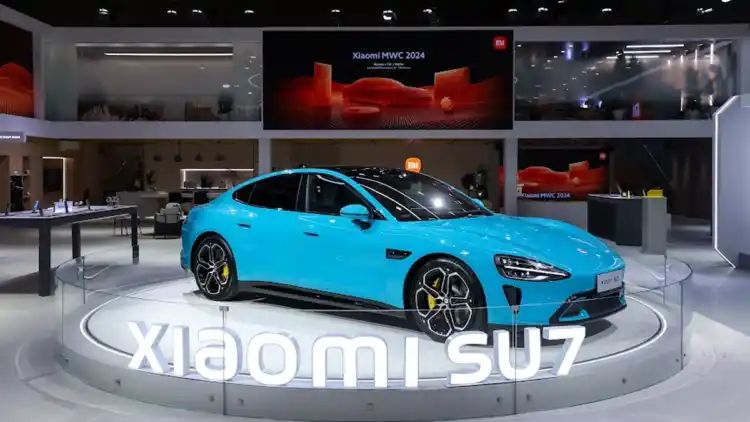Fly Over Traffic: The Future of Urban Travel with Suzukis Electric Copters

Maruti Suzuki, together with its parent company Suzuki, is planning to revolutionize urban transportation by creating electric air copters.
This project combines the efficiency of flying with the environmentally-friendly aspects of electric power. The goal is to provide a unique solution to the traffic and pollution problems commonly found in cities today.
Revolutionizing Urban Travel
Maruti Suzuki’s foray into electric air copters is not merely an exploration of new technology but a strategic initiative to redefine transportation. Unlike conventional drones or helicopters, these air copters are designed to accommodate up to three individuals, including the pilot, making them an ideal option for short-distance urban travel.
Initially focusing on markets in Japan and the United States, Maruti Suzuki has its sights set on eventually bringing this cutting-edge mobility solution to Indian shores, enriching its portfolio with an offering that could potentially transform cityscapes.
Manufacturing and Market Strategy
Understanding the critical importance of affordability and local production, Maruti Suzuki is contemplating establishing manufacturing facilities in India. This initiative aligns with the ‘Make in India’ campaign, aiming to foster innovation and build capabilities within the country.
As per reports, the company is actively engaging with India’s aviation regulatory bodies to navigate the regulatory landscape and make this futuristic vision a reality. The anticipation around the launch of these electric air copters, dubbed SkyDrive, is already building, with a debut expected at the Osaka Expo in 2025.
A Leap Towards Sustainable Mobility
The proposed electric air copters stand out not just for their ability to fly but for their significantly lighter structure compared to traditional helicopters. This reduction in weight, achieved through electrification and simplification of aircraft components, not only facilitates takeoff and landing on building rooftops but also promises lower manufacturing and maintenance costs.





